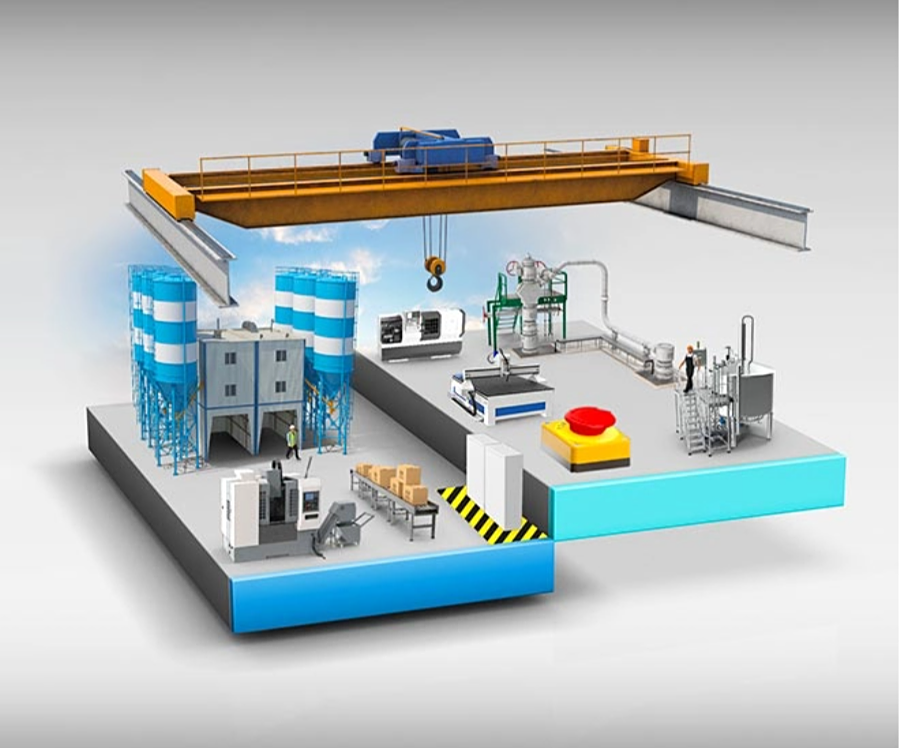The problem of machine downtime
In the production environment, you face the risk of your machines coming to a standstill and you need a functional replacement solution in the shortest possible time in order to continue working economically. Otherwise there is a risk of cost-intensive machine downtime and delivery delays.






